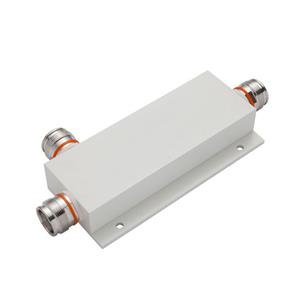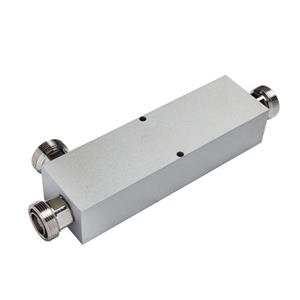5G technology is more than about high speed
One after another, telecommunications giants such as Huawei, Samsung and Qualcomm have announced their latest fifth generation (5G) products with Huawei's Mate X and Samsung's Galaxy Fold attracting most eyeballs.
The telecom giants have also claimed that 5G technology would be used on a massive scale by 2020, prompting some analysts to say the "5G epoch" is coming. Yet, when reporting about 5G, many domestic media outlets have described it as a "much faster" technology than 4G without mentioning any of its other advantages. As a result, the common public perception about 5G is that they could "download a high-density movie within one second". Beyond that, most people know nothing about 5G.
Actually, 5G technology has many more advantages than 4G apart from speed. According to the criteria of 3GPP, an international standardization organization, 5G technology can be used for at least three purposes-for massive machine type of communication, ultra-reliable and low-latency communication, and enhanced mobile broadband. If these terms sound too technical, consider them to mean connecting everything, reliability of connections, and eliminating delays.
"Connecting everything" is an appropriate slogan for 5G technology, without which the Internet of Things would be impossible. 5G would enable one server to connect to multiple terminals and thus establish high-speed coordination among them, and help the chips inside the terminals to timely react to meet people's needs.
Take for example, autonomous vehicles, which are mature technology products. Self-driving cars combine a variety of sensors, such as radar, computer vision, GPS, sonar, odometry and inertial measurement units to identify navigation paths, and obstacles and relevant signage. 5G technology will link all the elements of a transportation system, such as traffic lights, close-circuit television cameras and, of course, cars to establish perfect coordination so they can avoid obstacles and move on navigation paths, which will help strengthen self-driving technology.
Reliability of connections is another essential characteristic of 5G technology, whose use can be extended to other fields where high safety standards are required. For instance, in certain surgeries, surgeons insert nano-robots inside a patient's body and have to maintain constant control over the robots to ensure they perform their functions and do not cause any harm to the patient.
This is an area where 5G technology can be of great help, as it can establish reliable and continuous connections between the monitor and the nano-robots.
And eliminating delays might come in handy especially in online games. Even long after 4G technology was introduced, players continued to complain about losing games because their access speed was very low. This problem can be solved with 5G technology, because it will ensure continuous high speed.
5G technology can also play a major role in non-terrestrial networks, or in forming networks that can cover every corner of the globe. Even today, smartphone signals are weak in deserts and oceans due to lack of base stations there. The 5G network is expected to solve this problem.
And for those people who think that 5G costs will be very high, they need not worry. True, 5G signals attenuate very quickly in the air so 5G networks need much larger numbers of base stations than those for 4G, and each of the base stations costs money. But the cost problem can be solved in two ways.
First, factories can produce more micro base stations-instead of normal base stations-which not only occupy less space but also cost less. And second, many more terminals can use a 5G base station compared with a 4G base station. The higher the number of the terminals using a 5G base station, the lower cost each of them have to pay. Therefore, rest assured that 5G technology won't be as costly as you thought.
The author is an associate researcher in telecommunications at the Chinese Academy of Sciences. The views don't necessarily represent those of China Daily.




